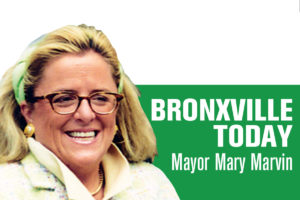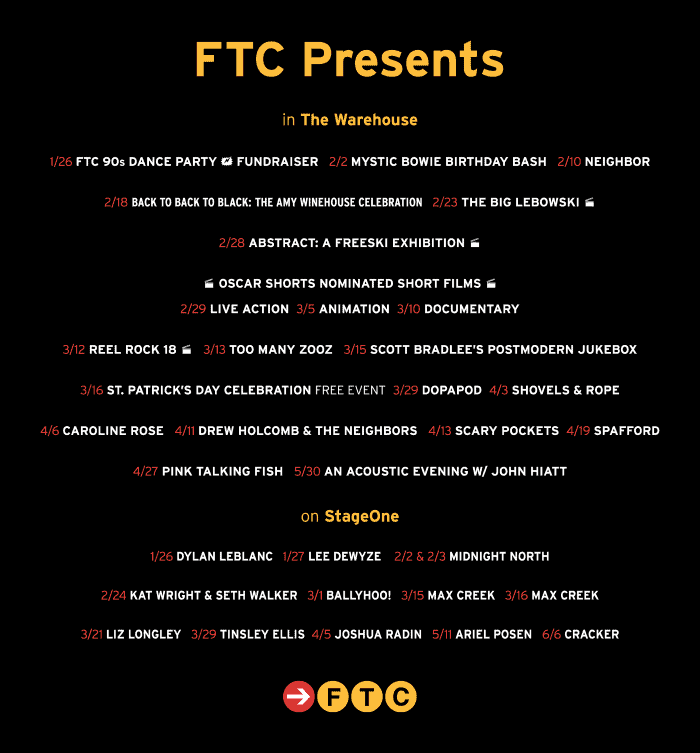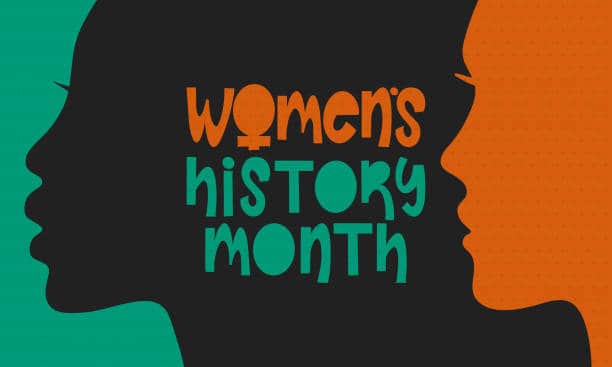I often write about the importance of preserving our business district and its small town atmosphere because of the benefit to our tax base, home values, revenue stream and village aesthetic.
 After listening to a TED talk on aging, I can add that living in and supporting our village will add to your longevity!
After listening to a TED talk on aging, I can add that living in and supporting our village will add to your longevity!
As illustration, citizens in the Sardinian village of Villa Grande have centenarians 10 times the number we have in the United States and six times the number in mainland Italy, just 200 miles away. After years of research, it was determined that the driving force affecting longevity was not diet quality, level of exercise or genetics. Rather, no resident lived solitary lives as they were constantly surrounded by family, friends, shopkeepers and neighbors, and village life constantly intersected. In addition, the topography of Villa Grande itself lent to interconnection as the population was small, streets narrow, housing was high density and there were several village squares—not unlike a description of Bronxville.
A recent study at Brigham Young corroborated the Villa Grande experience on a US level. Their results demonstrated that close relationships, more than a life without smoking, drinking or heart disease, is a predictor of longevity. How many people one talks to during the day, both in strong union or passing acquaintance, has a direct effect on one’s health.
Studies at the University of Chicago determined that direct human contact caused neurotransmitters in the brain to release dopamine, a natural mood elevator, as well as oxytocin which lowers the cortisol or stress hormones—simply through eye to eye contact, the brain is also engaged on multiple complex levels.
Sadly, the study hypothesized that social isolation could soon be our No. 1 health issue as more than one-third of the population polled said they had two or less people they could lean on, and one quarter of those surveyed said they have no one to talk to. This is further magnified by the fact that now 1 in 3 Americans over the age of 65 lives alone.
In addition, Americans now spend a staggering 11 hours a day on the computer, phone and/or watching TV, eclipsing the amount of time we dedicate to sleep.
Worldwide, women live on average six to eight years longer than their male counterparts and studies are linking it to women’s propensity to prioritize their personal friendships.
In nursing home studies, the lowest rates of dementia onset were in the highly socially engaged, and social contact proved better than a pill regime for a group of men recovering from strokes.
In essence, there is a biological imperative to know that we belong somewhere. As Emily Dickinson wrote of loneliness, it’s “the Horror not to be surveyed.”
There is also a growing body of research demonstrating a connection between these human health needs and the designs of towns and many of the prototypes now envisioned look much like our own village.
How insightful of our forefathers to design Bronxville in the way that they did. Now I would argue it is our duty to capitalize on their forward thinking.
This goal is a major priority of the trustees for 2018—to revisit our Community Plan and identify local assets and create a strategic plan based on our unique attributes.
As example, the walkability of the village to our schools, houses of worship, transportation and shopping. The infrastructure of a commercial downtown with space for businesses of every size and consumer need. Varied housing stock from studio apartments to multi-bedroom homes in a dense configuration. A significant age diversity from toddlers to a strong, active senior population. An extremely safe living environment, yet so close to a world city. The value residents place on quality of life, aesthetics and open parkland.
We hope to engage many of you as the process moves forward but in the interim, meet our shopkeepers, learn the names of the folks making your morning coffee, check in on your neighbor, help a senior, chat with your postman, and talk to the students out for lunch. A true community doesn’t magically appear, rather it stems from a series of small actions over time.
Your health and the health of the village depends on it!









